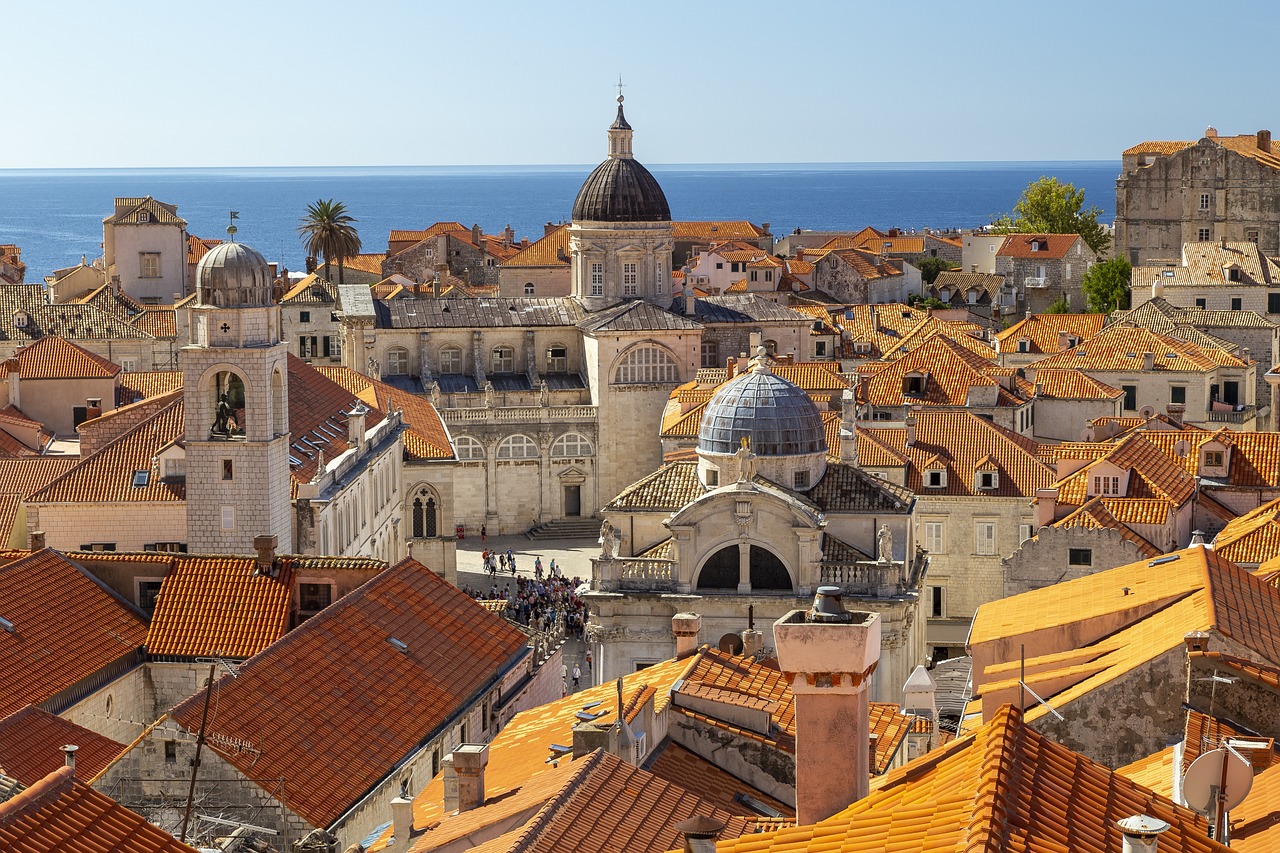Sarajevo, the capital of Bosnia and Herzegovina, is a city where East meets West, creating a unique cultural mosaic that has withstood centuries of history. Nestled in a valley surrounded by mountains, Sarajevo’s story is one of resilience, diversity, and a profound sense of community. Here’s a deep dive into what makes Sarajevo an unforgettable destination.
Cultural Confluence: Sarajevo is famous for its religious and cultural diversity. The Old Town, or Baščaršija, is where you’ll find the Sebilj Fountain, a symbol of the city, alongside mosques, Orthodox and Catholic churches, and synagogues. This part of the city is a testament to the coexistence of different cultures and religions, where Ottoman and Austro-Hungarian influences blend seamlessly.
History and Memory: The city’s recent history, particularly the Siege of Sarajevo during the Bosnian War in the 1990s, is palpable. The Sarajevo War Tunnel Museum offers a poignant look at how the city survived during the siege. “Sarajevo Roses,” the shrapnel-scarred pavement filled with red resin, serve as memorials to those lost in the conflict. Yet, Sarajevo’s spirit is one of healing and hope, with numerous cultural and memorial events that honor the past while looking forward to the future.
Culinary Fusion: Sarajevo’s cuisine reflects its diverse heritage. Ćevapi, small grilled minced meat rolls, are a must-try, often served with pita bread and onions. The local coffee culture, influenced by the Ottoman legacy, offers a unique experience with its strong, thick coffee served in traditional džezva. The city’s food scene also includes Austro-Hungarian pastries and a variety of international dishes, thanks to its cosmopolitan past.
Art and Literature: Sarajevo has long been a hub for artists and writers. The National Museum of Bosnia and Herzegovina is home to the Sarajevo Haggadah, a priceless illuminated manuscript, showcasing the city’s historical depth. Galleries like the Ars Aevi Museum of Contemporary Art and numerous bookstores and cafes celebrate the city’s literary tradition, especially during the Sarajevo Winter Festival.
Natural Beauty: Surrounded by the Dinaric Alps, Sarajevo offers stunning natural landscapes. Trebević Mountain, once an Olympic venue in 1984, now provides hiking trails and breathtaking views. The nearby Vrelo Bosne, a park with crystal-clear springs, is perfect for a tranquil escape from the urban environment.
Vibrant Festivals: Sarajevo’s cultural calendar is packed with events. The Sarajevo Film Festival, one of the largest in the region, is known for its ‘ Sarajevo Red Carpet’ and its role in fostering reconciliation through cinema. Music, theater, and literary festivals throughout the year highlight the city’s vibrant arts scene.
Rebuilding and Innovation: Post-war, Sarajevo has seen significant urban renewal. The development of new parks, the restoration of historic buildings, and the introduction of modern architecture like the Bosmal City Center, reflect a city that’s rebuilding with an eye on both its heritage and the future.
Religious Harmony: Perhaps one of the most unique aspects of Sarajevo is the call to prayer from mosques mingling with church bells, symbolizing a rare harmony. Visiting the Gazi Husrev-beg Mosque, the Cathedral of the Sacred Heart, or the Ashkenazi Synagogue provides insight into this harmonious blend.
The Sarajevo Spirit: What truly defines Sarajevo is its people’s warmth and resilience. The city’s inhabitants, known for their hospitality, have a story to tell, and they share it with pride, humor, and an infectious optimism.
Sarajevo is more than a city; it’s a narrative of survival, cultural richness, and an ongoing journey towards peace and understanding. It invites travelers to explore not just its physical beauty but also the depth of its human spirit, making every visit a profound experience.






